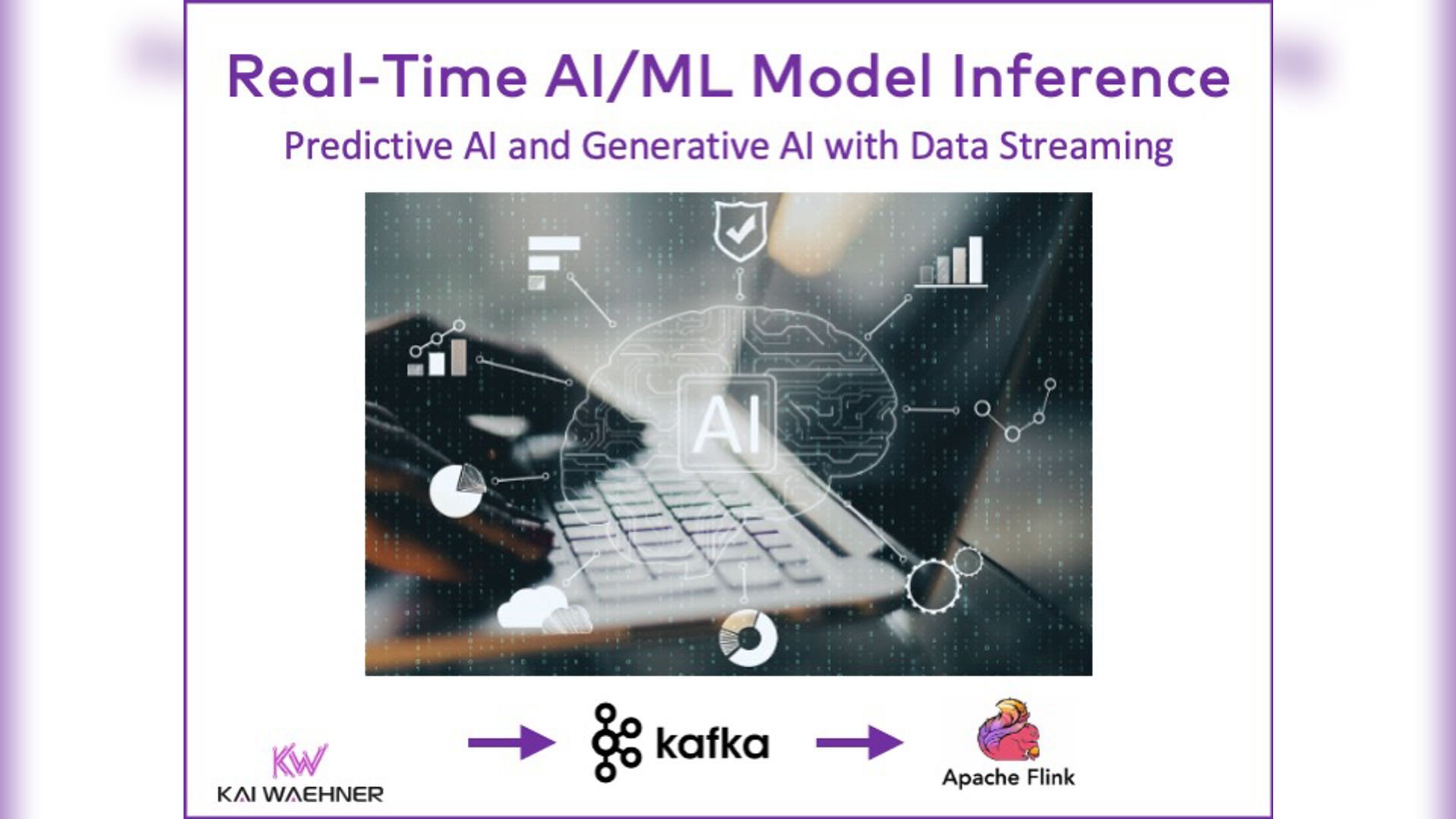In an AI-driven world, speed isn’t a luxury—it’s a necessity. Whether it’s a recommendation engine, fraud detection model, or voice assistant, users expect intelligent systems to respond in milliseconds. That’s where real-time AI inference comes into play.
To deliver blazing-fast predictions, you need more than just a well-trained model. The backend AI solutions powering your infrastructure must be finely tuned for performance, scalability, and low latency. In this article, we’ll explore five effective backend strategies that ensure your AI predictions happen almost instantaneously.
1. Use Model Optimisation Frameworks Like TensorRT or ONNX Runtime
Model optimisation is the first—and often most impactful—step towards fast inference. Frameworks like NVIDIA TensorRT, ONNX Runtime, and TorchScript transform trained models into highly efficient execution graphs that run faster without sacrificing accuracy.
These tools strip away redundancies, fuse operations, and convert weights into faster data types such as FP16 or INT8. The result? Lightning-fast inference that’s ideal for real-time AI applications on GPUs, edge devices, or even CPUs.
TensorRT, for instance, can boost inference speed by 2x to 8x compared to vanilla PyTorch or TensorFlow.
2. Serve Models with Lightweight Inference Servers
Traditional web servers aren’t built for AI inference. Instead, use dedicated inference servers like Triton Inference Server, TorchServe, or FastAPI with ONNX. These servers are purpose-built to handle high-concurrency, batching, and asynchronous processing—all essential for real-time performance.
For ultra-low-latency use cases, consider edge-native inference tools like TensorFlow Lite or NVIDIA DeepStream that can serve models directly on mobile or embedded devices.
Lightweight inference servers also support dynamic batching, which increases throughput without increasing latency.
3. Cache Predictions for Repeated Requests
Not all inputs are unique. In many real-world cases, repeated queries happen frequently—think product recommendations or query autocompletion. You can gain huge speed benefits by implementing a prediction cache using systems like Redis, Memcached, or Hazelcast.
By storing and reusing model outputs for common queries, your system avoids redundant computation and returns results in milliseconds.
Caching is especially effective for read-heavy APIs and deterministic models.
4. Use GPUs and Edge Accelerators Intelligently
Hardware acceleration is the foundation of high-speed AI. GPUs, TPUs, and edge accelerators (like Google Coral or NVIDIA Jetson) can dramatically cut down inference time. But simply having the hardware isn’t enough—it must be used wisely.
Deploy high-priority models to dedicated GPU nodes and use CPU fallback for less critical tasks. For edge devices, leverage quantised models and hardware-specific runtimes that are optimised for local execution.
Smart hardware allocation ensures you’re not overspending on performance while still achieving sub-second latency.
5. Implement Async and Parallel Inference Pipelines
To fully unlock real-time capabilities, you need asynchronous and parallel pipelines. Instead of handling each request sequentially, your backend should process multiple inferences concurrently using task queues and event-driven architecture.
9
Frameworks like Ray Serve, Celery, or even Node.js workers can help orchestrate parallel workloads across multiple cores or machines. This architecture reduces bottlenecks and improves system responsiveness under load.
Async pipelines are crucial when your AI models are part of a larger, multi-service workflow.
Bottom Line
Achieving true real-time AI inference isn’t just about fast models—it’s about building an end-to-end pipeline that delivers predictions with speed, accuracy, and consistency. Whether you’re working on fraud detection, autonomous vehicles, or virtual assistants, these backend solutions can help ensure your models are always one step ahead.
Looking for expert help to implement low-latency AI infrastructure? Dev Centre House Ireland offers tailored backend AI solutions that scale with your needs—whether in the cloud, on-premise, or at the edge.
Speed is the new intelligence. Optimise your AI systems for real-time now.
